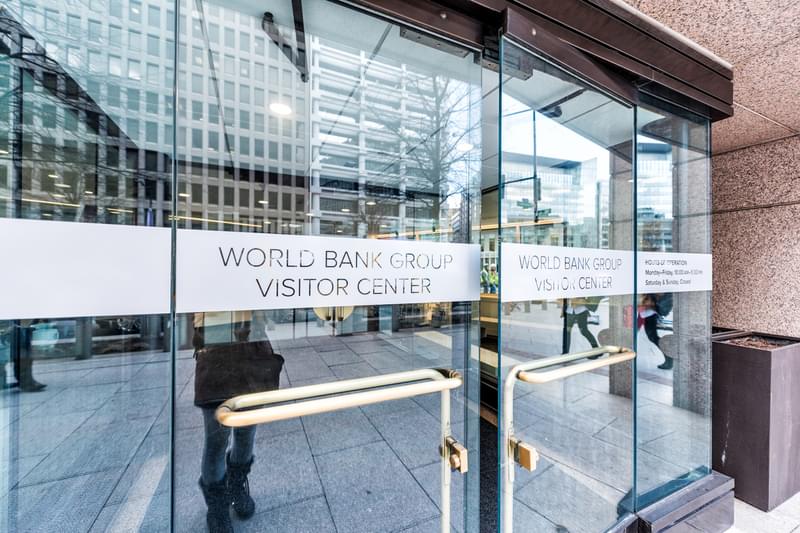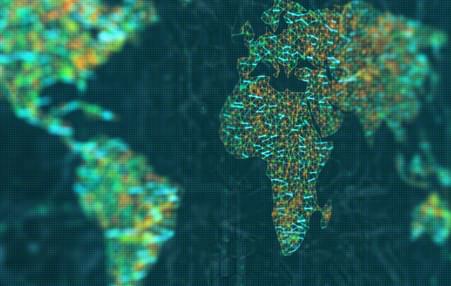World Bank’s annual report on the health of the global economy assesses the impact of the most recent wave of global debt, which began in the aftermath of the 2008-09 financial crises, and saw global debt levels reach 230% of global GDP by 2018. The IMF expects the 2019 total to top USD255 trillion.
Total emerging and developing economies (EMDE) debt reached almost 170% of GDP in 2018 (USD55tn), an increase of 54% of GDP since 2010, with China accounting for the bulk of this increase, while for Low Income Countries (LIC) that figures stood at 67% of GDP in 2018, or around USD270bn.
The report notes that while public borrowing can be beneficial, particularly in EMDEs with large development challenges - if used to finance growth, enhance investment etc – it also carries significant risks for Emerging markets, making them more vulnerable to external shocks.
“The rollover of existing debt can become increasingly difficult during periods of financial stress, potentially leading to a crisis,”
Additionally, the rapid debt accumulation during the current wave, exposes other vulnerabilities, such as growing fiscal and current account deficits, and a compositional shift toward short-term external debt.
“Thus, despite current exceptionally low real interest rates, including at long maturities, the latest wave of debt accumulation could follow the historical pattern and eventually culminate in financial crises in EMDEs. A sudden global shock, such as a sharp rise in interest rates or a spike in risk premia, could lead to financial stress in more vulnerable economies. Indeed, these risks were illustrated by the recent experiences of Argentina and Turkey, which witnessed sudden episodes of sharply rising borrowing costs and severe growth slowdowns in 2018,” the authors conclude.










